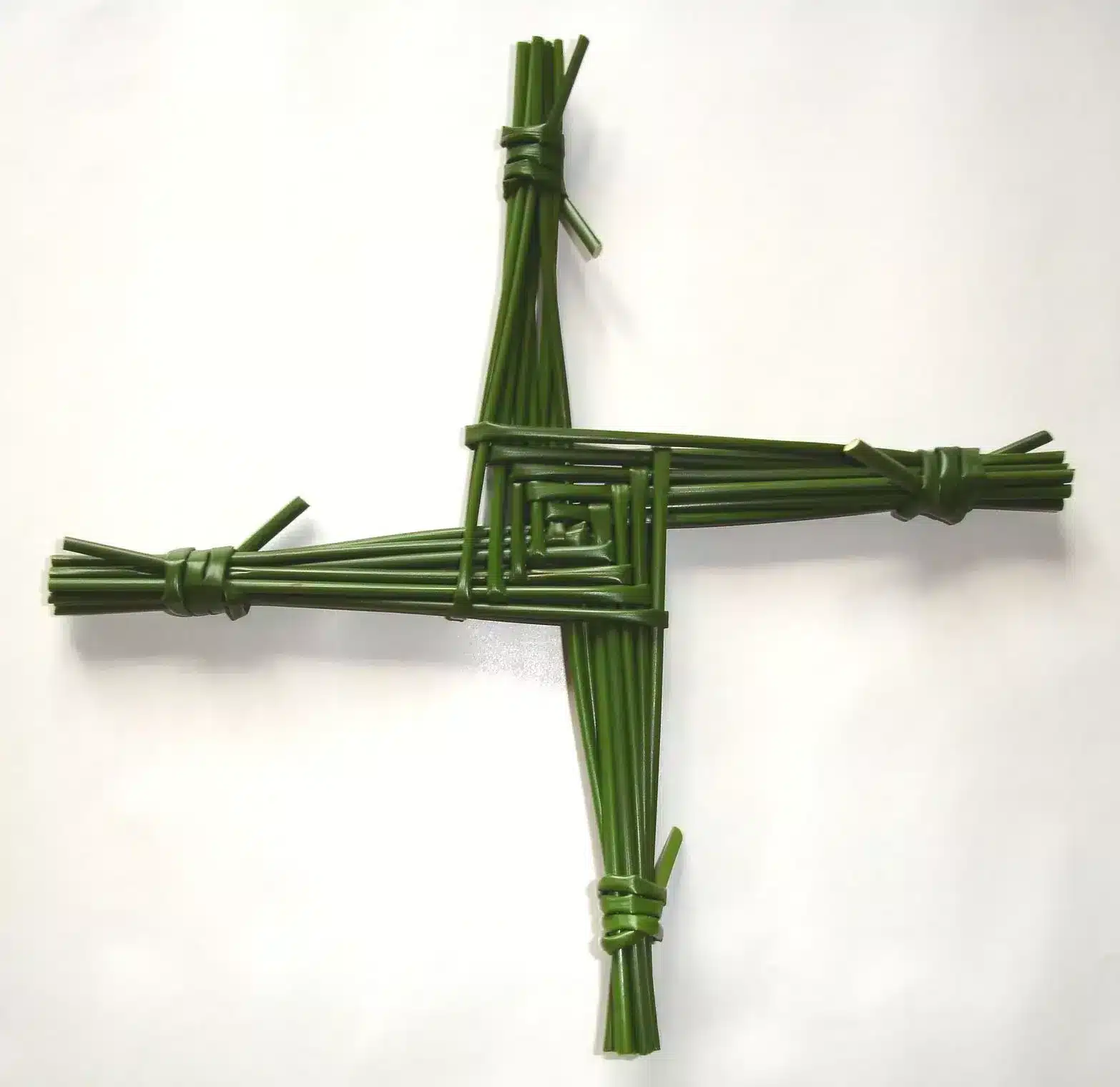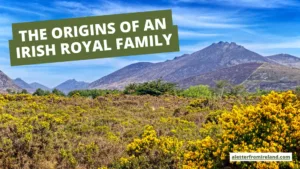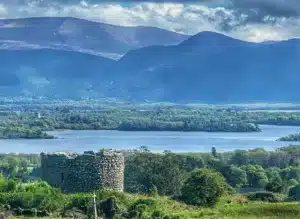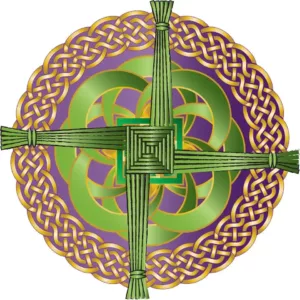Saint Brigid and The Story of a Remembered Soldier
In Ireland and Scotland, there are many surnames that are derived from the names of Saints. Coming up on February 1st - Saint Brigid's Day - it seems a good time to tell the story of one man who held a surname after the saint. In this letter, will go back in time to when a young boy from Ireland lost his life in the fields of France, and has been forever immortalised by a famous song of war and loss.

There also seem to be a lot of commemorations over the past while – for example, we had the 1916 Irish Easter Rising centenary one year ago. That same year we had another commemoration – it was the centenary of the first day of the Battle of the Somme – the bloodiest battle of the first World War.
It’s the First World War and the Battle of the Somme that we are going to chat about today.
It’s hard to avoid numbers and statistics when it comes to such a momentous event – and we will touch on those, but let’s approach those terrible facts through the story of just one young Irish man.
The Story of a Remembered Soldier.
As you might realise, Irish surnames tend to come from the first name of our illustrious ancestors. So, we have the “sons of Carthaigh” (McCarthy), the “descendants of Niall” (O’Neill) and so on.
However, the odd “saintly” name also works into our surnames. For example, the most famous female saint in these islands is Saint Brigid – and she had many followers. In fact, there are a whole group of surnames across Ireland and Scotland that reflect this following – in Irish they were known as “Mac Giolla Bhrighde” or “sons of the follower of Saint Brigid”. This anglicised, over time, into a number of distinct surnames: Kilbride, Gilbride – and MacBride. Do you have any of these in your Irish family tree? For now, let’s concentrate on just one family of McBrides.
Joseph McBride and Nicholena McBride were married shortly after St. Patrick’s Day in 1888, among the soft rolling hills of County Armagh. Thomas was a local farmer – and the couple settled into a farming life together in the Townland of Rathcarbry.
Over the following years, the couple started a family together – they were blessed with seven children – and also took the opportunity to move to a larger farm in nearby Lislea. However, life can take a turn for us at any moment – and so it was for the McBrides. Joseph McBride died unexpectedly in 1910, leaving Nicholena to care for the farm and seven children who were aged between one and twenty one.
Their middle boy, who went by the name of William, had already struck off for Belfast to become an apprentice shoemaker at the age of thirteen. He was still living in Belfast in 1914 as Britain entered into what become known as “The Great War”. By 1915 he had signed up to the Royal Inniskilling Fusiliers – and was sent to training in preparation for war.
The Battle to end all Battles, the War to end all Wars.
The first of July, 1916, saw the start of an offensive by combined British and French forces against an entrenched German opposition in northern France. By the end of that single day, British casualties alone amounted to 57,470 – 19,240 of whom were fatal. It was the worst loss of life in British military history. The “Battle of the Somme” carried on through a series of skirmishes and offensives right until November 18th, 1916. By that time, there were combined casualties of over one million soldiers from both sides.
They included:
350,000 casualties from the United Kingdom (including tens of thousands from Ireland), 24,000 from Canada, 23,000 from Australia, 7,400 from New Zealand, 3,000 from South Africa, 2,000 from Newfoundland – as well as 204,000 French casualties and 465,000 German casualties.
Those are very large numbers for us to take in – each number a single tragedy for so many families at the time. Many of these fallen lie in unmarked graves – and are commemorated by a series of monuments in the area.
When William McBride headed off to the front in early 1916, his mother sent him a series of letters. However, they all went unanswered as William McBride was killed by an explosion on February 10th, 1916. In a way, he is fortunate as he is marked with an individual grave in the military cemetery in Authuile.
Many years later, a Scottish-Australian songwriter by the name of Eric Bogle visited the area, and was struck by the sheer amount of gravestones and monuments in the area. He was moved to pen one of the greatest songs of War and Peace in our time. He named the song “No Man’s Land” – but the song came into most of our consciousness under a different title: “The Green Fields of France”. Even today, it remains one of the most popular songs in Ireland.
In this song, Bogle decided to concentrate on the life, and death, of just one soldier. That soldier was William McBride from County Armagh – born in 1895 to Joseph and Nicholena – and he died on the “Green Fields of France” at the young age of 21.
The song begins:
“Well, how do you do, young Willie McBride
Do you mind if I sit here down by your graveside…..”
So, here is to young Willie McBride – and to all of our member’s friends, family and loved ones who may have become casualties of war down through the decades.
Here is the song as I remember it – Number One in Ireland for over a year in the late 1970s, played by the Fureys and Davy Arthur:
That’s it for this week. As always, do feel free to leave a comment below if you would like share a story or the Irish surnames in your family.
Slán for now,
Mike and Carina.







Only Plus Members can comment - Join Now
If you already have an account sign in here.